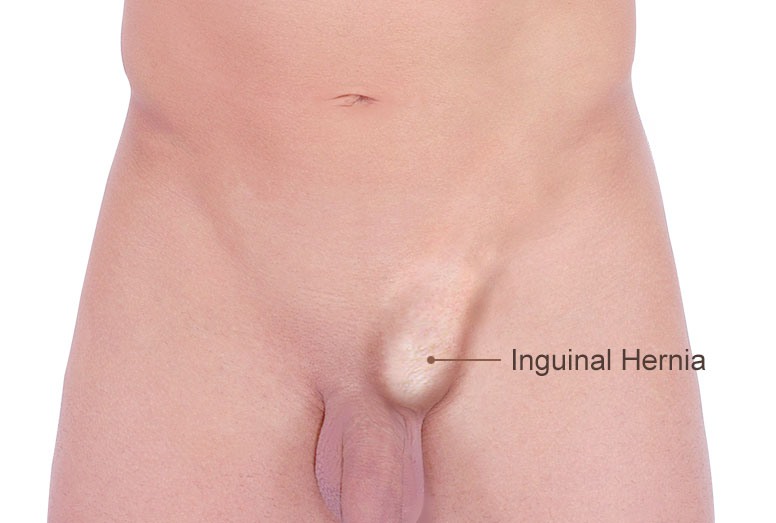Last Tuesday, 2nd of June, I went to the hospital for surgery to repair my
hernia (see the picture below).
There is
no relation about
stroke vs.
hernia but...
Before the surgery, I asked my doctor, i.e. the surgeon, “
Can I can write my blog, Stroke Survivors Tattler, with after this kind of surgery?” He said, vaguely (especially non-medical clients like me), “
It will take about 6 weeks to heal but you can write in about a week”. But I said, “
My blog is ready every Wednesday for the Guest Bloggers and published every Saturday at 12:00 am!” He grinned and said, “
You can do it but you are very sore for 1 day after surgery. Take it is easy and you can do the blog but be careful for your surgery for about 6 weeks... (his emphasis but I got it...!)”
 |
| General anesthesia |
Well,
anesthesia works perfectly and I was a little dizzy after the surgery - about 4 hours. The
Laparoscopic surgery works as well. They inserted various holes for
surgery widgets (my terms), above and below, in my belly button and the about my
left waist line; they stitches below the skin in
lower-right-groin area - no hole and the hernia disappeared. They left me about a dozen staples and to take them out for my GP doctor a week later.
My only problem is the
catheter; they told me they
might use it during the surgery. I looked on the Wikipedia and they said nothing about
pain; after my surgery the nurse took me to the bathroom to pee - very simple task I thought.
Holy Man (BTW not my term), I was instantly into pain - hold to pee is
heaven or release to pee is
hell but
necessary... It took about 3 days to be normal to pee...
| Anyway, thanks for my surgeon, anesthesiologist, and whole team surgery, nurses etc. For them, it is just a normal day to work in the hospital. To me, it is precious and, hopefully, I'll never bug them again...! |
I will write Wikipedia to tell them to include for
pain, at least a paragraph, for the
catheter!
(Short) Definition’s in Wikipedia:
 |
| Inguinal Hernia |
Hernia From Wikipedia, the free encyclopedia - By far the most common hernias (up to 75% of all abdominal hernias) are the so-called inguinal hernias. Develop in the abdomen, when a weakness in the abdominal wall evolves into a localized hole, or "defect", through which adipose tissue, or abdominal organs covered with peritoneum, may protrude. Inguinal hernias are the most common type of hernia in both men and women.
Laparoscopic surgery From Wikipedia, the free encyclopedia, also called minimally invasive surgery (MIS), bandaid surgery, or keyhole surgery, is a modern surgical technique in which operations are performed far from their location through small incisions (usually 0.5–1.5 cm) elsewhere in the body.
The key element in laparoscopic surgery is the use of a laparoscope, a long fiber optic cable system which allows viewing of the affected area by snaking the cable from a more distant, but more easily accessible location. Also attached is a fiber optic cable system connected to a 'cold' light source (halogen or xenon), to illuminate the operative field, which is inserted through a 5 mm or 10 mm cannula or trocar. The abdomen is usually insufflated with carbon dioxide gas. This elevates the abdominal wall above the internal organs to create a working and viewing space. CO2 is used because it is common to the human body and can be absorbed by tissue and removed by the respiratory system.
Catheter From Wikipedia, the free encyclopedia - In medicine, a catheter /ˈkæθɪtər/ is a thin tube made from medical grade materials serving a broad range of functions. Catheters are medical devices that can be inserted in the body to treat diseases or perform a surgical procedure. By modifying the material or adjusting the way catheters are manufactured, it is possible to tailor catheters for cardiovascular, urological, gastrointestinal, neurovascular, and ophthalmic applications. Catheters can be inserted into a body cavity, duct, or vessel. Functionally, they allow drainage, administration of fluids or gases, access by surgical instruments, and also perform a wide variety of other tasks depending on the type of catheter. The process of inserting a catheter is catheterization. In most uses, catheter is a thin, flexible tube ("soft" catheter) though catheters are available in varying levels of stiffness depending on the application. A catheter left inside the body, either temporarily or permanently, may be referred to as an indwelling catheter.







No comments:
Post a Comment